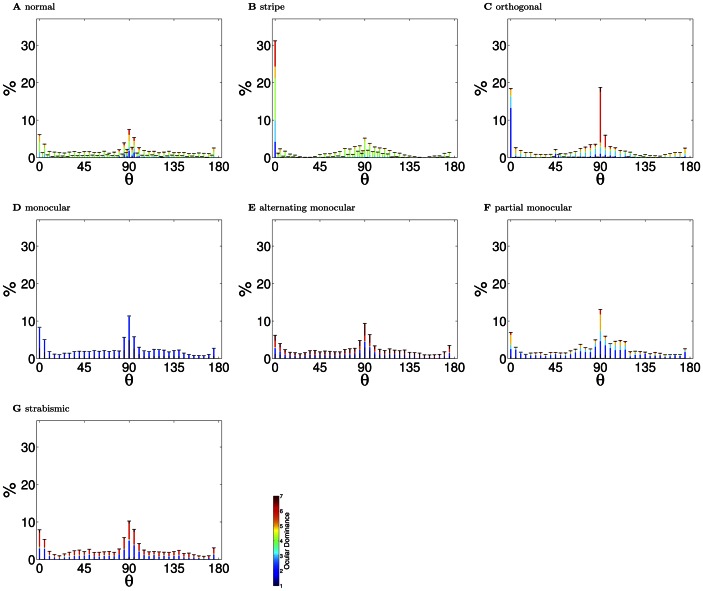Figure 4. Orientation preference distributions (PoE model).
Only neurons that had a well defined orientation preference (circular variance  ) in at least one eye were included. The color in the bars indicates the ocular dominance of the responses. (A) In the normal reared condition, there was a large over-representation of vertical orientations (90°), and, to a lesser degree, horizontal orientations (0°). Nonetheless, the full range of orientation preferences developed. This over-representation of the cardinal orientations has been reported in experiment, although not always to the same degree (see the Discussion). (B) In the stripe reared condition, there was a significant over-representation of neurons responding to horizontal lines (
) in at least one eye were included. The color in the bars indicates the ocular dominance of the responses. (A) In the normal reared condition, there was a large over-representation of vertical orientations (90°), and, to a lesser degree, horizontal orientations (0°). Nonetheless, the full range of orientation preferences developed. This over-representation of the cardinal orientations has been reported in experiment, although not always to the same degree (see the Discussion). (B) In the stripe reared condition, there was a significant over-representation of neurons responding to horizontal lines ( ). These horizontal neurons were also strongly binocular (i.e. mostly green shading). The over-representation of vertical orientations also persisted. The over-representation of the reared orientation is the primary experimental finding in this rearing condition. Cardinal over-representation has not been examined closely in stripe-rearing. (C) In the orthogonally reared condition, there was over-representation of horizontal neurons in the left eye and vertical neurons in the right eye. As found experimentally, these neurons were strongly monocular for the eye that was over-exposed to their preferred orientation. (D) In the monocular reared condition, there was a broad representation of orientation preferences but only for the unoccluded eye. Experimentally, monocular reared animals have normal visual acuity with the non-deprived eye. (E) In the alternating monocular reared case, there is an even distribution of orientation selectivity and strong monocularity. Experimentally, alternate blind reared animals represent all orientations well. (F) In the partial monocular reared condition, there was a recovery of responsivity for both eyes across the full range of orientations. Experimentally, partial monocular reared animals have been demonstrated to have normal visual in each eye (but to suffer from defects in stereo vision). (G) In the strabismic case, there was an increase in monocularity, but with normal orientation coverage. This is in agreement with experiments which have not noted any orientation deficits in strabismic animals. Errorbars show the SEM. All modified rearing cases, except strabismus (
). These horizontal neurons were also strongly binocular (i.e. mostly green shading). The over-representation of vertical orientations also persisted. The over-representation of the reared orientation is the primary experimental finding in this rearing condition. Cardinal over-representation has not been examined closely in stripe-rearing. (C) In the orthogonally reared condition, there was over-representation of horizontal neurons in the left eye and vertical neurons in the right eye. As found experimentally, these neurons were strongly monocular for the eye that was over-exposed to their preferred orientation. (D) In the monocular reared condition, there was a broad representation of orientation preferences but only for the unoccluded eye. Experimentally, monocular reared animals have normal visual acuity with the non-deprived eye. (E) In the alternating monocular reared case, there is an even distribution of orientation selectivity and strong monocularity. Experimentally, alternate blind reared animals represent all orientations well. (F) In the partial monocular reared condition, there was a recovery of responsivity for both eyes across the full range of orientations. Experimentally, partial monocular reared animals have been demonstrated to have normal visual in each eye (but to suffer from defects in stereo vision). (G) In the strabismic case, there was an increase in monocularity, but with normal orientation coverage. This is in agreement with experiments which have not noted any orientation deficits in strabismic animals. Errorbars show the SEM. All modified rearing cases, except strabismus ( ) had orientation preference distributions significantly different from the normal case (
) had orientation preference distributions significantly different from the normal case ( , Kolmogorov-Smirnov).
, Kolmogorov-Smirnov).

